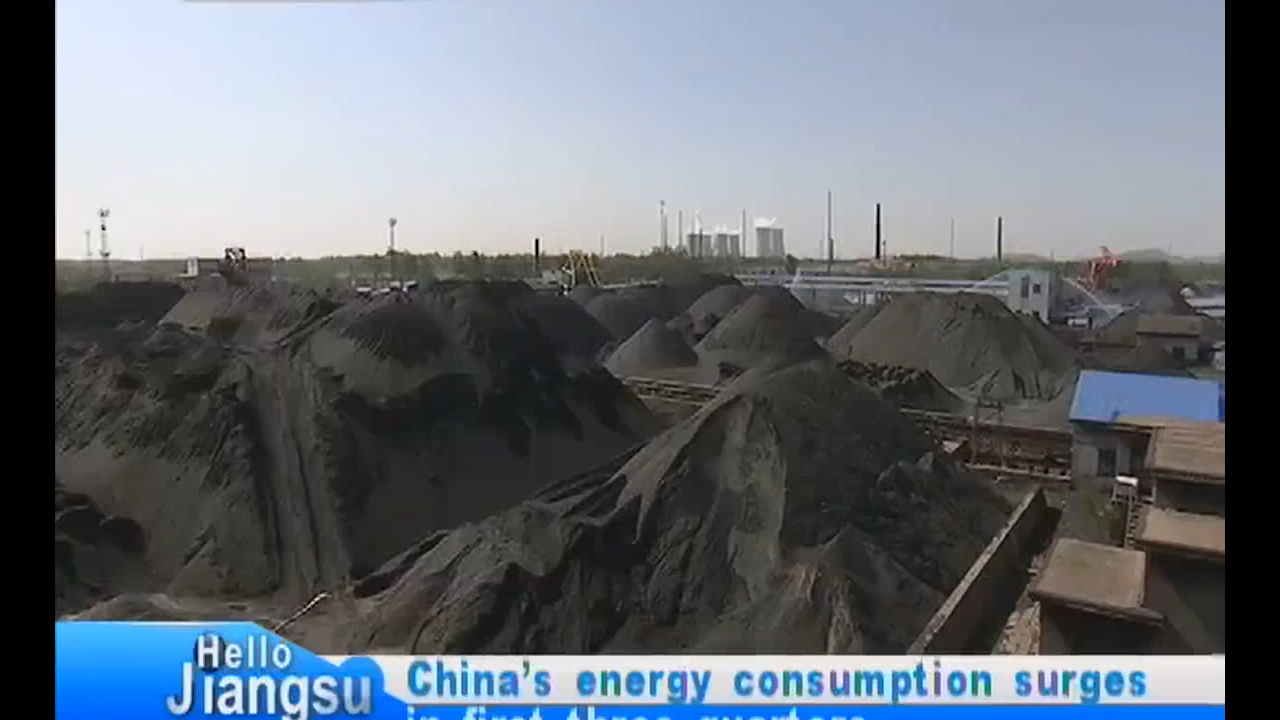China's coal consumption continued to increase in the first ten months this year, according to a press conference held by the China National Coal Association on Tuesday.
Driven by factors such as industrial production and thermal power generation growth, China’s coal consumption hit 2.81 billion tons in the first three quarters.
Building material, power generation, steel and chemical sectors reported positive growth of coal consumption during the nine-month period. The four sectors contributed 85% to the country’s entire coal use during the three quarters, up 1.6% from a year ago.
In the first three quarters, the booming logistics transport and industrial production spurred the pick-up in diesel consumption with a year-on-year growth of 1.2%, reversing the negative growth of last year. The consumption upgrade also excited the growth of gasoline and kerosene demand while the robust demand for chemical light oil continued throughout the nine-month period.
The first three quarters also witnessed growing demand for household gas, power generation gas, industrial fuel and chemical gas with the nationwide consumption totaling about 171 billion cubic meters, a year-on-year growth of about 15.7%, which is 7.3% higher from a year ago.
Due to the high temperatures and other factors, the national electricity load hit a record high in the summer. The country’s electricity use in the first three quarters surged 6.9% year on year, up 2.4 percentage points from a year ago.
China plans to rein in its energy consumption to within 6 billion tons of standard coal by 2030, according to a strategy on energy production and consumption for the next 15 years issued by the country's National Development and Reform Commission in April this year.
As the world's largest energy producer and consumer, China's total primary energy produced in 2016 was 3.46 billion tons of standard coal, and the country's consumption of primary energy in the same year reached 4.36 billion tons of standard coal.
Reliance on fossil fuels, imbalanced supply and demand in the power industry and over-dependence on foreign crude oil have become urgent issues for China in recent years.
By 2030, China's energy consumption will be within 6 billion tons of standard coal, with non-fossil energy accounting for 20 percent of total energy consumption and natural gas accounting for 15 percent. New energy demands will be satisfied by clean energy, according to the strategy. In addition, carbon emissions per GDP unit will be lowered by between 60 and 65 percent compared with 2005 levels. Emissions should reach their peak by 2030.






